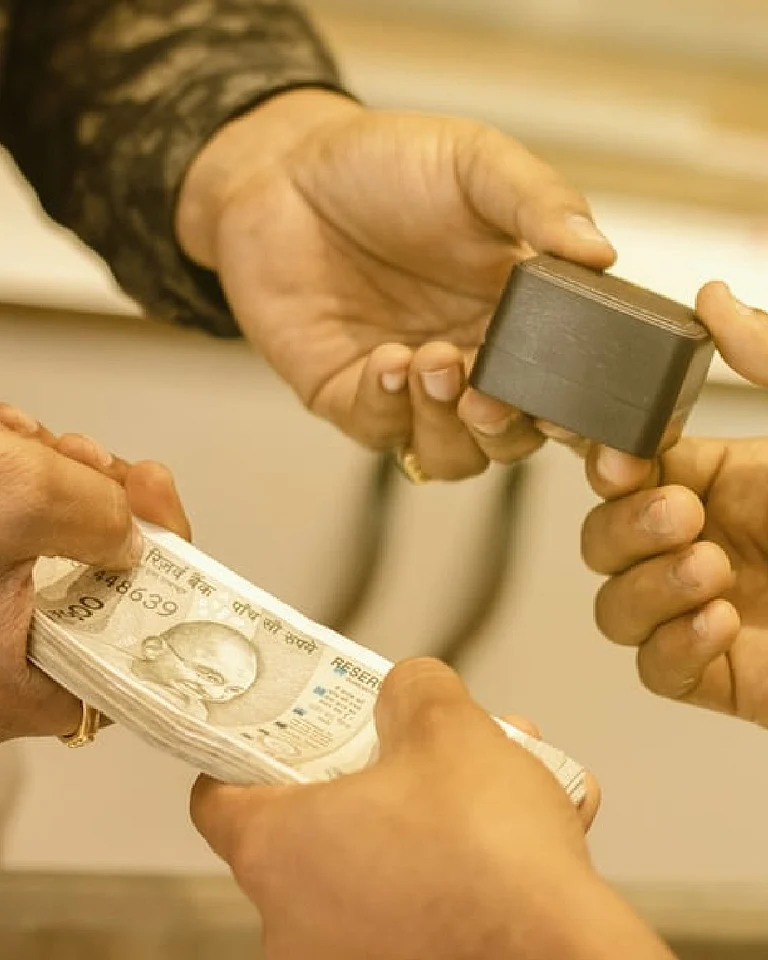Gold has long been a symbol of wealth, security, and tradition for Indian investors. But in today’s financial landscape, it is no longer just about buying jewellery or coins. Gold has evolved into a diversified asset class that offers multiple forms of investment. These avenues exist to suit different risk appetites, financial goals, and liquidity preferences.
Here’s a closer look at five key types of gold investment tools that can help investors diversify within the gold portfolio.
1. Physical Gold – Jewellery, Coins and Bars
This is the most common and traditional form of gold investment. People buy jewellery for special occasions, or as a form of savings. Coins and bars are also popular for long-term holding.
But there are a few drawbacks. You have to take care of storage and safety. Also, when you sell, you may get less because of making charges and purity issues. Still, physical gold is valuable for its cultural and emotional meaning.
2. Gold ETFs
Gold ETFs (exchange-traded funds) are a modern way to invest in gold. You buy them on the stock market through a demat account. These are backed by real gold and reflect the current market price.
They are easy to buy and sell. There is no need to store any gold physically. You can trade them quickly and safely from your account.
3. Digital Gold – Small and Smart Investment
Digital gold is a flexible option. You can buy even a small amount online through apps or websites. The gold is stored in secure vaults by the provider. It is simple to buy and easy to track. This is a good choice if you are new to investing. Just make sure to use a trusted platform.
4. Gold Mutual Funds – No Demat Needed
These funds invest in gold through ETFs, and you do not need a demat account either. You can start with a small monthly amount using a systematic investment plan (SIP).
They are a good choice if you want to invest regularly without managing it yourself.
5. Gold Savings Schemes – Offered by Jewellers
These schemes are run by popular jewellers and are ideal for people who plan to buy gold jewellery later. You deposit a fixed amount every month for a set period, usually 11-12 months. At the end of the tenure, the jeweller allows you to buy gold, sometimes offering a bonus month or discounts on making charges.
This is a good way to build savings towards gold purchases without spending a large amount at once. However, it is better suited for those who want to buy jewellery, not for earning returns like other investments. Always choose a reputed jeweller and read the terms carefully before joining.
Why Diversify Within Gold?
Each gold investment type serves a different purpose. For instance, sovereign gold bonds (SGBs), which the government has now stopped issuing, are great for long-term wealth preservation with fixed returns, while digital gold allows for flexible and instant transactions.
Physical gold retains emotional and cultural importance, while ETFs and mutual funds suit market-savvy investors.
By spreading investments across these tools, you reduce risk, improve liquidity, and balance returns—all within a single asset class.
Final Word
Gold is no longer a one-size-fits-all investment. With a variety of instruments available, investors can now customise their gold strategy to align with their broader financial goals.
Whether you prefer the safety of physical gold or the liquidity of ETFs, mutual funds, or the accessibility of digital gold, diversification within gold can make your portfolio both stable and smart.














